Powdery mildew on flowers: signs and methods of struggle
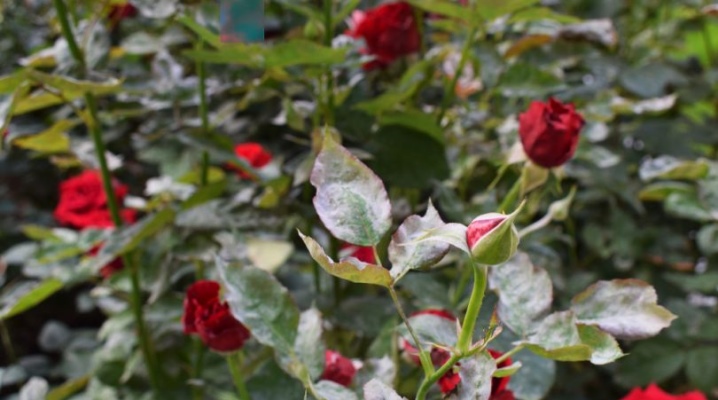
Beautiful flowers always bring a lot of fun. Delicate-smelling roses, multi-colored bright delphiniums and petunias, neat strict violets, lush hydrangeas - any of these flowers will delight the eye. Unfortunately, these crops are not always easy to grow, especially outdoors. Plants can pick up various diseases, and one of them is powdery mildew. It is worth talking a little more about its signs, the reasons for its appearance and how to deal with it.
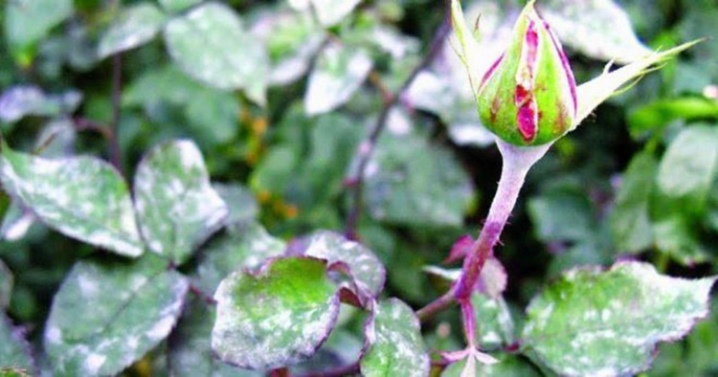
Description of the disease
Powdery mildew can occur on any type of flower. It is caused by fungal spores. Since autumn, these spores are found in dry fallen leaves, as well as in the soil. They endure winter without problems, fixing themselves on various cultures in the spring.
The disease progresses very quickly, and if you do not take action, all plants in the area will soon become infected. This applies not only to flowers, but also to vegetables, berries and other crops.
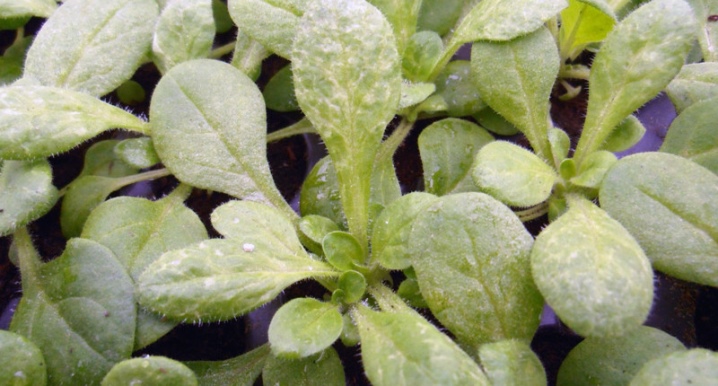
If the grower has experience, he will recognize powdery mildew without difficulty. For beginners, it will be useful for them to learn about the signs of the disease.
- The first stage is the appearance of a whitish bloom on the plants. It can be easily erased with your finger, but after a couple of hours it appears in the same place again.
- After a few days, the white bloom begins to turn red and change its texture. It condenses and can no longer be erased. In addition, plaque begins to spread throughout the flower, capturing not only the leaves, but also the stem.
- The affected parts of the flower begin to curl up, taking the shape of a boat. Then they die off and fall off. Black dots on foliage are a cluster of spores. These same controversies will manifest themselves in the next season.
Most often, roses are sick with powdery mildew. The reason for this is that the plantings are often too thick. In second place are petunias. Other flowers get sick a little less often.
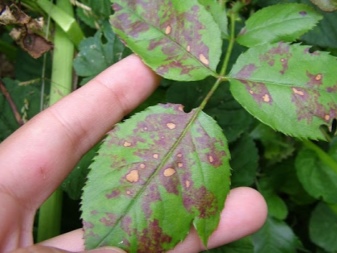
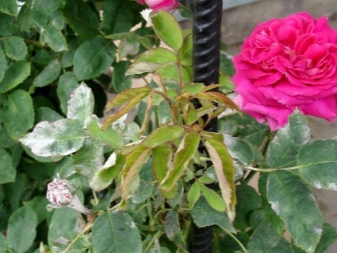
Reasons for the appearance
There are many reasons why the fungus originated. However, as a rule, one of them is enough for the disease to begin to progress.
Powdery mildew appears on flowers for the following reasons:
- the gardener has not removed the foliage since the fall, and in fact, not only spores of the fungus, but also the eggs of pests hibernate in old leaves;
- the plant is regularly poured or, conversely, watered extremely rarely;
- the composition of the soil is disturbed - if there is an excess of nitrogen and a lack of calcium in it, the fungus progresses even more actively;
- the gardener did the wrong pruning, cutting off too much from the plant, due to which the culture loses strength, weakens, and her immunity decreases;
- pests live on the plant, feeding on the sap of the leaves - this also contributes to a rapid decrease in vital reserves;
- flowers grow too densely, due to which oxygen is poorly supplied;
- plantings are in the shade, lack ultraviolet radiation;
- on the street there is high humidity, coupled with heat - such conditions for a fungus are simply ideal.
In addition to these reasons, plants can become infected from each other - for example, wind, birds or pets have transferred spores from a sick flower to a healthy one. It is also important to remember that spores are carried through instrumentation, water, and even shoe soles.
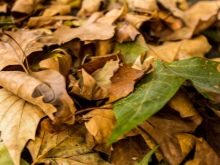
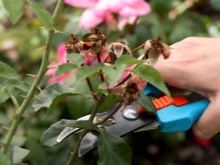
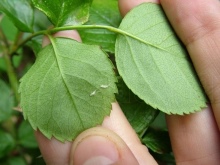
How to get rid of?
If powdery mildew is found, you need to act immediately, since the disease progresses very quickly. The initial sequence of actions is as follows:
- the plant is watered only when the earth is completely dry;
- if this is an indoor culture, the pot is placed in the sunniest place in the house;
- leaves lying on the ground or located very close to it are cut off so that the disease does not go to the upper part of the flower.
This instruction will slightly slow down the course of the disease in all flowers, including roses, petunias, delphiniums. After the actions taken, it is necessary not to delay, but quickly begin to treat the culture.
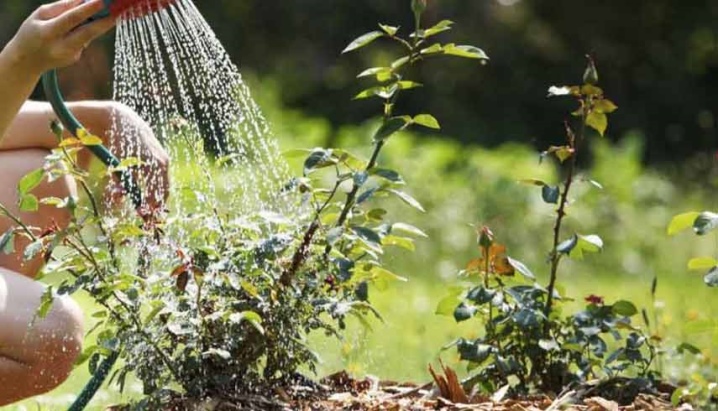
You can fight powdery mildew using different methods.
Folk remedies
They help in the initial stages, when the first signs of the disease are just beginning to appear. They are good because they are absolutely harmless, and also very budgetary. Many gardeners prefer just such methods, rarely choosing something else. We will consider several popular recipes for processing petunias and other flowers for powdery mildew below.
- Copper sulfate. In 5 liters of hot water, 5 grams of copper sulfate is diluted, about 50 grams of grated laundry soap is added there. The solution is stirred so that the soap is completely dissolved. Then the resulting product will have to be sprayed on the plants. This is done every 7 days for a month.
- Potassium permanganate solution. This substance is widely known for its antiseptic properties. It will also help in the fight against powdery mildew. Pour 2 grams of manganese into a 10-liter bucket, wait for complete dissolution. Flowers must be processed immediately, every 5 days. The number of procedures is no more than 4.
- Soda solution. It is necessary to boil 5 liters of water, and then pour 2 tablespoons of soda ash there, adding a spoonful of grated soap to the composition. Plants should be treated with a warm, but not hot mixture. It can also be used to water the soil under the flowers.
- Field horsetail. A liter of cool clean water is poured into 100 grams of the plant and left for a day. After this time, the solution is boiled for 2 hours, then cooled. Before use, the composition is diluted with water in a ratio of 1: 5. Spraying of flowers is carried out once a week.
- Mullein. Take a liter of mullein and pour it into a container filled with 3 liters of water. The composition must be infused for at least 3 days. Before using it, you need to dilute with water in a ratio of 1: 10. Too often you should not use mullein, since it is also an organic fertilizer.
- Soap and ash. A kilogram of ash is poured into a 10-liter bucket of water. Insist for about a week, and then supplement the composition with a small amount of soap, filter. The flowers are sprayed with a liquid, and the ash caught from the composition is placed on the ground as fertilizer.
Important: spraying and processing plants with any formulations should be carried out in the absence of the sun. This is either the earliest morning, preferably dawn, or the time after sunset. Otherwise, the sun can burn the delicate leaves. In addition, there should be no wind or rain on the day of the procedure.

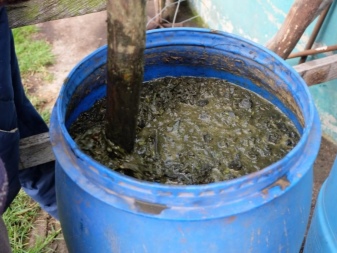
Chemicals
If the disease is already progressing strongly, and the plant is dying before our eyes, folk methods will be practically powerless. It will be necessary to seek the help of aggressive drugs that effectively fight the fungal disease. We list those that gardeners most often choose.
- "Pure color". An excellent remedy for all flower cultures. The drug not only heals, but also provides prevention. Another plus of "Pure flowers" is that it is not washed away by rain. The agent is diluted at the dosage indicated in the instructions, and then the flowers are sprayed. This should be done every 14 days.
- "Topaz". This effective drug allows you to quickly overcome the hated disease. Destroys the fungus 2 hours after treatment, in rare cases, several procedures are required. For a 10-liter bucket, 2 milliliters of the drug is enough.
- Fundazol. Another popular remedy that can be of great help in the fight against powdery mildew. Ten grams of medicine is dissolved in a 10 liter bucket of water, then the plants are treated.As a rule, one procedure is enough, but 2 can be carried out. The preparation effectively protects flowers from repeated diseases.
- Topsin-M. An excellent remedy, but the fungus quickly gets used to it, so it is better to alternate the drug with other medicines. Add about 15 grams of fungicide to a 10 liter bucket of water. Flowers are sprayed from a spray bottle. If the fungus has not died the first time, it is necessary to re-process the cultures after 14 days.
- "Speed". A good fungicide that promotes the rapid death of fungal spores. Two milliliters is enough for a 10-liter bucket. Flowers are sprayed 3 times, at least 10 days should pass between procedures.
Important: the fungus is found not only on plants, but also in the soil below them. Therefore, the top layer of the soil will need to be treated with fungicides even before the treatment of the flower itself begins. And also it can be simply replaced, this is especially true for indoor flowers. In addition, crops should not be fertilized with nitrogen until they are healthy.
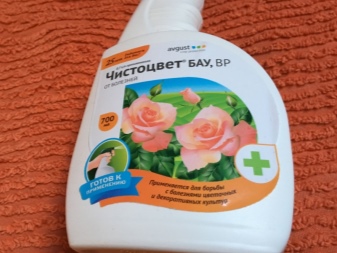
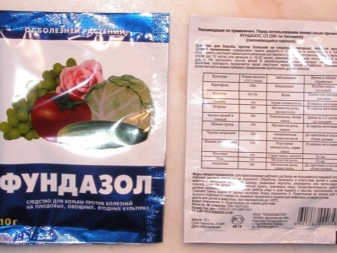
Prevention measures
So that powdery mildew never harms your flowers, you should remember about simple preventive measures:
- inspect the crops at least once a week for any adverse changes;
- timely destroy pests that have settled on the site or at home;
- thin out the foliage by removing those specimens that creep along the ground or come into contact with it;
- provide plants with enough light;
- if flowers grow in pots, place containers at a distance from each other;
- for garden flowers, follow the planting rules, do not allow thickening;
- feed flowers, especially petunias, with fertilizers containing phosphorus and potassium;
- observe the irrigation regime (while the water should be settled and warm);
- regularly treat garden tools with antiseptics;
- from time to time carry out preventive treatments with the drug "Fitosporin" - this drug has no aggressive effect;
- if flowers grow on the street, do not forget to monitor the cleanliness of the site - collect fallen leaves, branches, dig up the ground in autumn;
- plants that are too badly affected by the fungus must be dug up and burned, otherwise the pathogen will spread at a catastrophic rate.
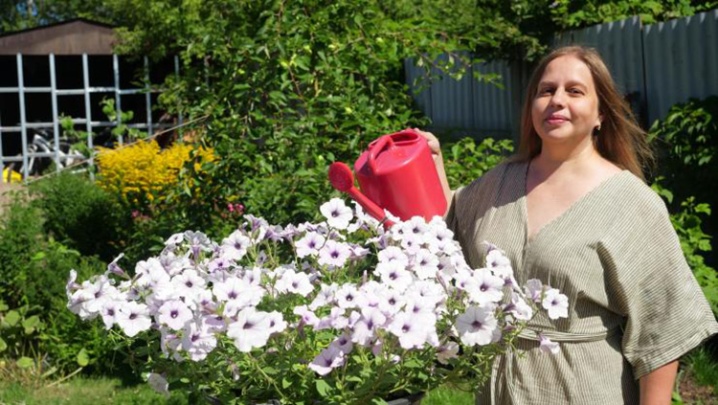
For information on how to get rid of powdery mildew on flowers, see the next video.













The comment was sent successfully.